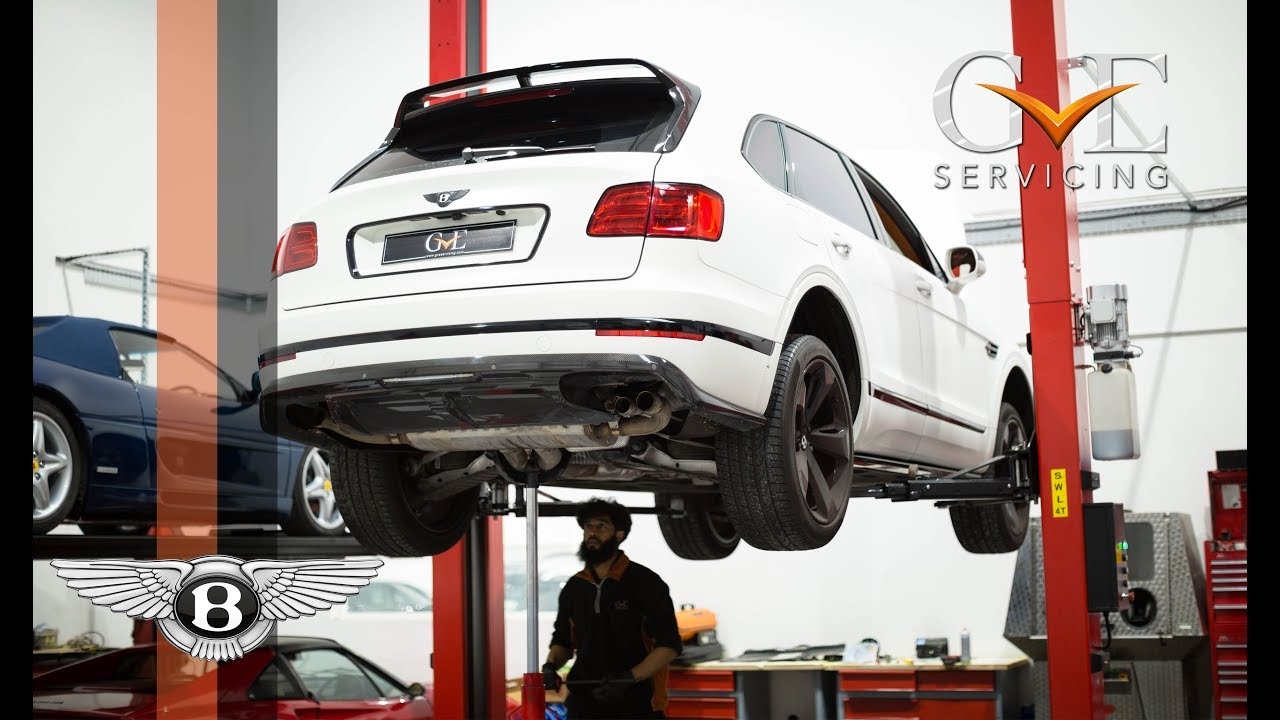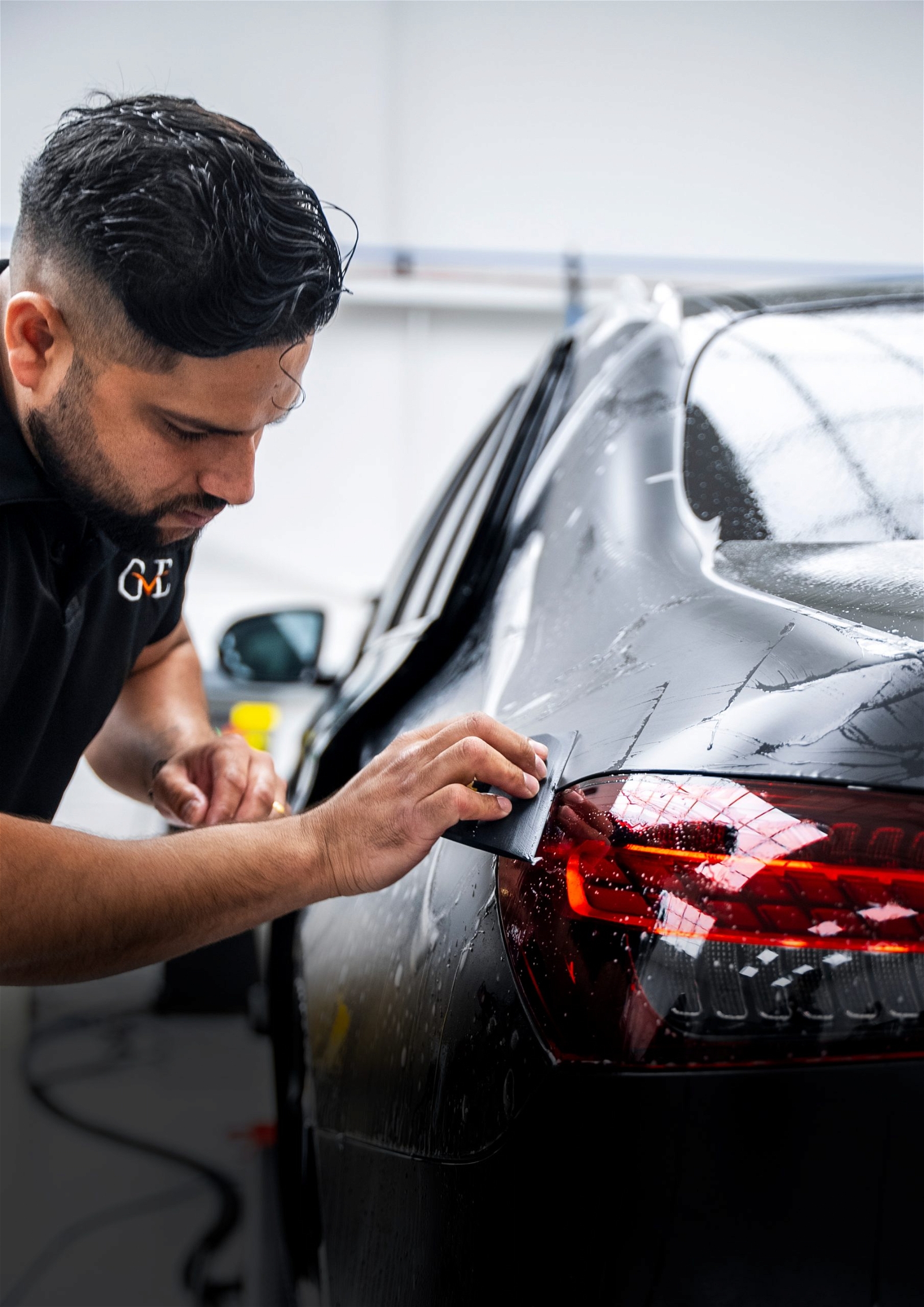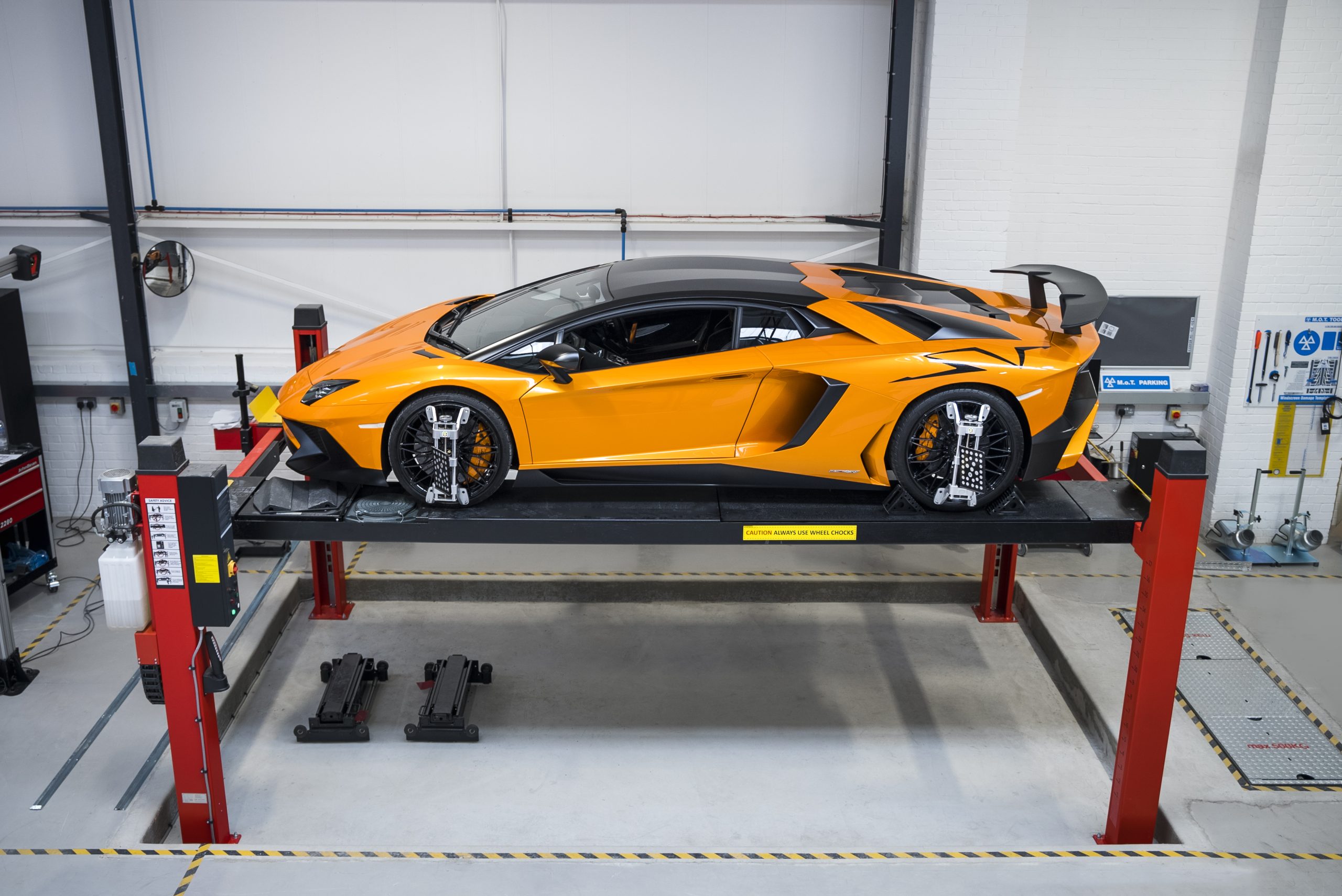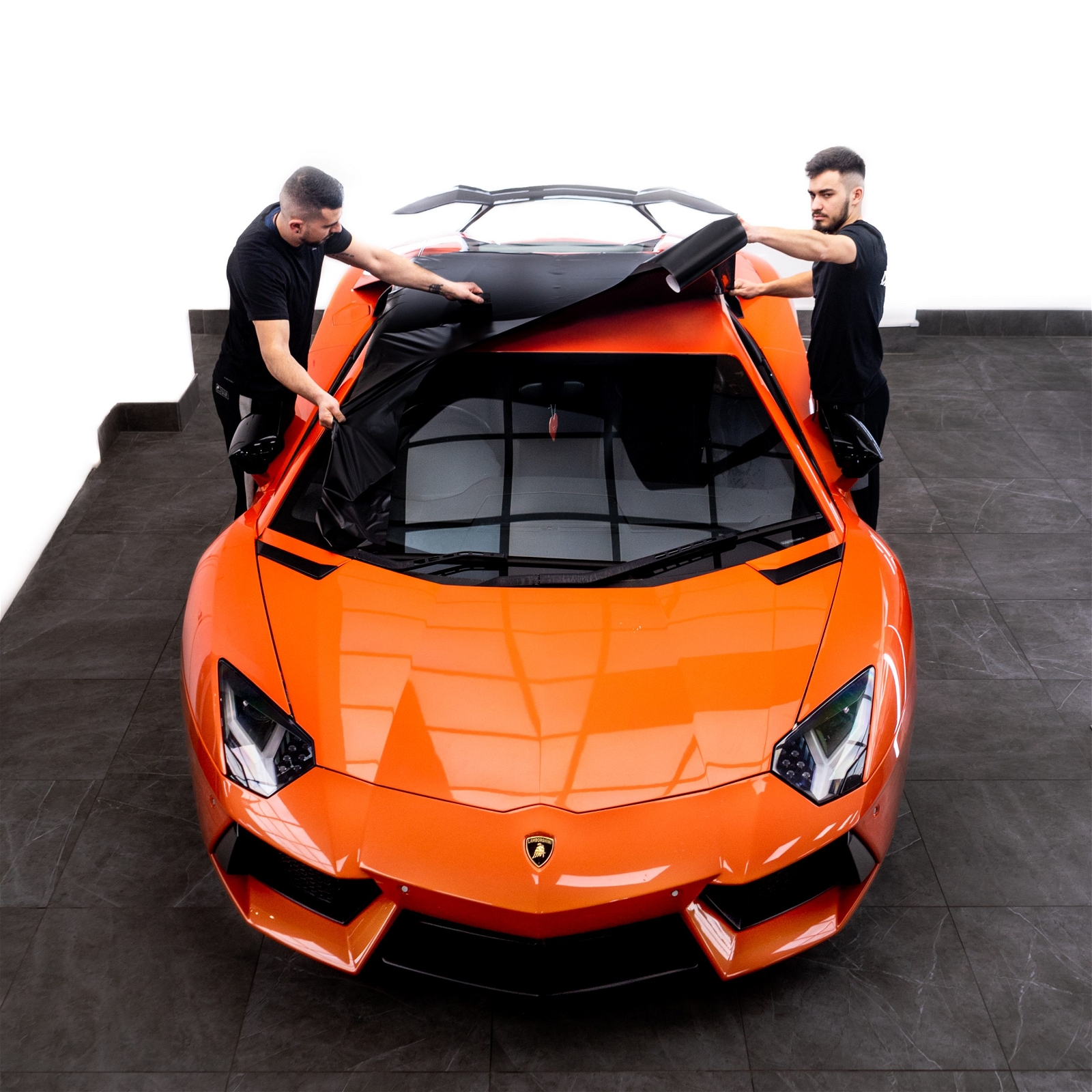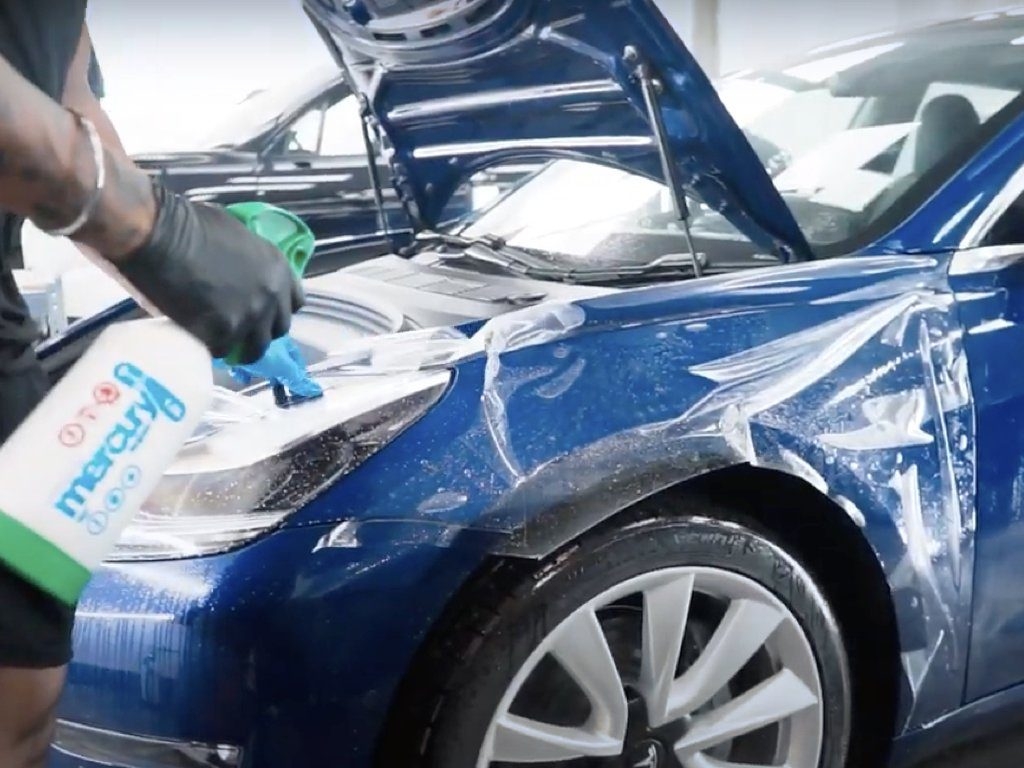
Notice: Undefined variable: author_id in /var/www/vhosts/gvelondon.com/httpdocs/wp-content/themes/kingdomvision/single.php on line 25
Cilent
Comparison: Jaguar XK Dynamic R versus F-type R coupe
So that’s it, then. The dear old Jaguar XK is no more. Last week, someone at Jaguar had the not especially pleasant task of hitting the stop button on the production line at Castle Bromwich, Birmingham, where the XK has been built since 1996.
And for the foreseeable future, Jaguar’s elegantly styled big coupé will not see the light of day again.
The official line from Jaguar is that no decision has been made yet over the car’s future. Jaguar says it simply hasn’t made up its mind whether there’s a business case for a new XK now that the F-type has been unleashed upon the world. Behind the scenes, however, an internal debate is raging – it may even be a full-blown argument – over the XK’s replacement.
Certain people at Jaguar believe it to be a travesty not to replace the XK at some point in the future with a super-elegant, high-performing, luxuriant GT car – with a machine that, broadly speaking, replaces like with like at the top of Jaguar’s range, albeit with more modern thinking and architecture at its core.
Others in the company, however, claim that a new XK simply doesn’t add up commercially in 2014 and beyond. They will point out that just 3223 XKs found homes worldwide last year, while a mere 1970 of them were sold between January and June this year, out of a total of 145,320 sales globally since 1996.
The XK’s naysayers will also point out that a Jaguar SUV or something similar would make far more sense – and shift much more metal, which would in turn net massively more profit – than a new version of a car that is already perceived to be something of a dinosaur.
Read the full Jaguar XK review
Whatever the XK’s fate – and right now it doesn’t look good, if you’re being realistic – Jaguar has produced one last and final version to celebrate the car’s 18 years on the road. It’s not exactly a bells and whistles with extra chilli sauce on top kind of run-out model.
Instead, the XK Dynamic R, as it is officially entitled, is basically eight-and-a-half-tenths of an XKR-S but for £30k less than the big daddy variant. And in its way, it’s a car that befits the XK’s legacy to perfection.
That’s because despite the extra power and performance that accompanied the carbonfibre wings and eye-watering £100k price of the RS versions, which were available in coupé and convertible forms, it was actually the lesser XKs that were arguably the sweetest to drive.
With 542bhp, the XKR-S could, on occasions, feel like it was trying to eat itself dynamically. But knock the power back to 503bhp and the torque down to a still-rousing 461lb ft and the XKR’s chassis always felt that little bit less stressed. And rather better balanced as a result.
So it seems entirely appropriate, somehow, that Jaguar has decided not to give this last and final version of its faithful but fading XK the full-fat 542bhp engine. Instead, it gets the regular XKR engine (503bhp and 461lb ft, as intimated) but with most of the juiciest bits from the XKR-S elsewhere. It costs £69,975 and is as well equipped inside as any car that Jaguar has ever produced.
And in no-cost optional Italian Racing Red with £515 of 20-inch Vulcan Gloss Black alloy wheels, it also still looks completely stunning in the metal. On the road, in isolation, at least, it still drives quite tidily, too.
There has always been a lightness of touch and a fluidity to the XKR’s steering and chassis responses that make driving it something of a rare pleasure.
It’s not perfect; it never has been. On rough roads, the front end doesn’t always feel entirely connected to the rear, because the chassis itself is fundamentally fairly ancient in its design and simply isn’t as stiff as more modern rivals when push comes to shove. The brakes also tend to fade underfoot if used hard for anything more than a few minutes on a circuit.
Despite feeling and driving like a car from yesteryear, however, there has always been something quite special about merely going for a drive in an XK.
Every journey feels like an event, an occasion to be savoured, even if the body control isn’t that sharp and the dampers occasionally throw their hands in the air and metaphorically shout “no idea” over certain types of rough road driven at speed.
And, of course, the less said about the car’s fuel consumption, emissions and rather pathetic touring range the better. Is it acceptable to pump 292kg of CO2 into the atmosphere for every 0.62 miles that you drive? Not really.
Real-world economy of under 20mpg, giving a range of barely 300 miles, is similarly out of kilter with the times, especially when you consider that a car like the BMW i8 offers more performance, drinks five times less fuel and has 10 times less impact on the environment, yet costs not a whole lot more than the XKR. And will, you’d predict, maintain its value rather better than the notoriously depreciation-prone XK.
Read the full Jaguar F-type R coupé review
And yet still it’s difficult, if not impossible, not to harbour a soft spot for the dear old XK. There is just something about it that makes a sad old car enthusiast like me want to smile, to gawp, and maybe even just to remember.
When the very first XK8 was delivered to the Autocar offices for road test in 1996, pretty much the entire staff of the magazine went out and looked at the car. Its arrival was that significant, its delivery to our offices that exciting.
I remember doing a cornering shot for the cover of the magazine and having an argument with the art department about which particular photograph to use. Most of all, though, I remember driving it and thinking that, yes, Jaguar really had nailed it this time. The cut-price Aston Martin had arrived and it was almost certainly better to drive than the real thing.
It’s ironic to realise, then, that the car responsible for administering the XK’s lethal injection actually comes from within. It is, of course, the F-type.
Drive the XK in isolation and, as I’ve said, it still feels fast and charming and perfectly decent dynamically. Drive it beside the F-type, though, and it feels achingly old-fashioned, not to mention slow, noisy, uncomfortable, unrefined and under-engineered.
The verdict
On the one hand, that’s a mark of how good the F-type actually is, none more so than the savagely rapid and frankly just brilliant coupé V8 that you see here. But it’s also the cue to call time on the XK. Not so much to put it out of its misery but to put the book down, smile inwardly to yourself as one does at the end of a very good book, and move on. Maybe even wipe away a tear before doing whatever needs to be done next.
Read Autocar’s previous comparison – BMW X4 versus Porsche Macan
Jaguar XK Dynamic R
Price £69,975; 0-62mph 4.6sec; Top speed 155mph; Economy 23.0mpg; CO2 292g/km; Kerb weight 1740kg; Engine V8, 5000cc, supercharged, petrol; Power 503bhp at 6500rpm; Torque 461lb ft at 3500rpm; Gearbox 6-speed automatic
Jaguar F-type R coupé
Price £85,000; 0-62mph 4.0sec; Top speed 186mph; Economy 25.5mpg; CO2 259g/km; Kerb weight 1650kg; Engine V8, 5000cc, supercharged, petrol; Power 542bhp at 6500rpm; Torque 502lb ft at 3500rpm; Gearbox 8-speed automatic
Source: www.autocar.co.uk
RECENT POSTS
SERVICES
Contact Us
"*" indicates required fields



